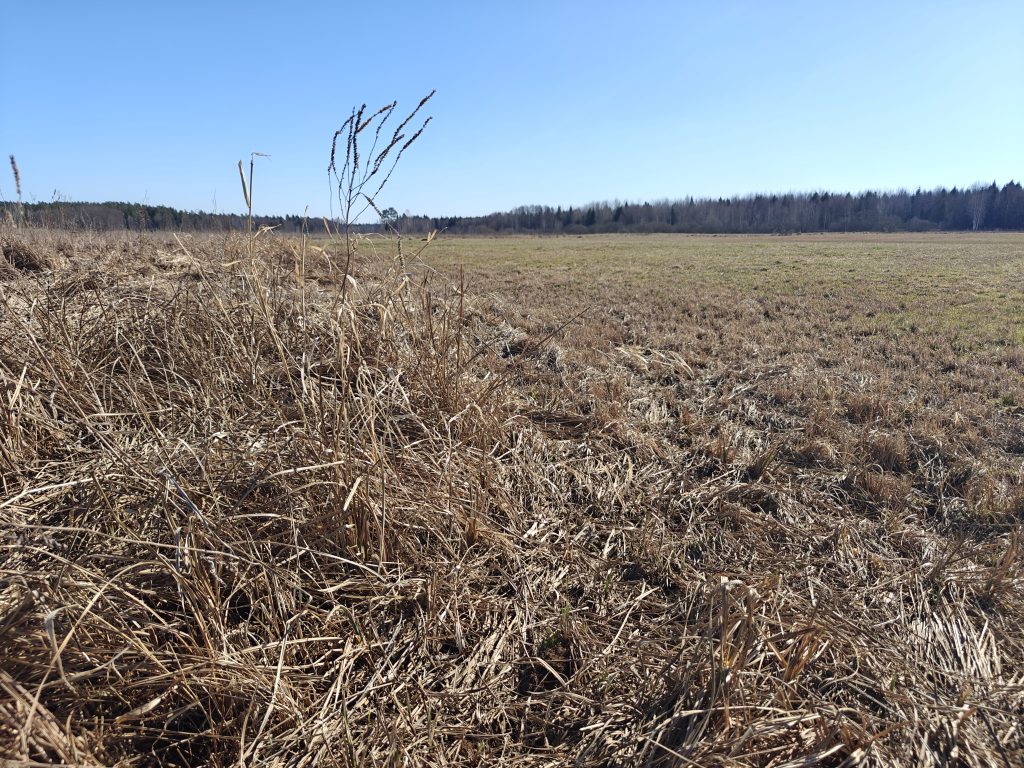Woda kluczem do przetrwania dubelta – nowe badania nad hydrologią tokowisk w Polsce

W naszej najnowszej publikacji analizujemy warunki hydrologiczne tokowisk dubelta (Gallinago media) w Polsce. Badania prowadzone przez nas na Podlasiu, Lubelszczyźnie i Zamojszczyźnie, na 16 tokowiskach dubelta, wykazały, że najważniejszym czynnikiem wpływającym na liczbę samców na tokowiskach był najniższy poziom wód podziemnych w okresie rozrodczym. Krótko mówiąc, im suszej tym gorzej. Optymalny poziom wód podziemnych powinien mieścić się od 0,04 m powyżej gruntu do −0,43 m, lecz aby utrzymać stabilny stan tokowiska, poziomy wód podziemnych w najsuchszych okresach roku nie powinny spadać poniżej −0,2 m. Wyniki te mogą posłużyć jako podstawa odtwarzania i ochrony tokowisk dubelta, szczególnie tam, gdzie zagrożeniem są melioracje osuszające, intensywne rolnictwo czy galopująca zmiana klimatu. Na zdjęciu tokowisko dubeltów w dolinie Supraśli na Podlasiu.
Więcej informacji: https://www.sciencedirect.com/science/article/pii/S1617138125001244?dgcid=author
Abstrakt
Hydrological conditions of habitats remain one of the key factors determining the occurrence, abundance, condition, successful foraging, and breeding success of a range of wetland bird species. Appropriate saturation of the topsoil, flooding recurrence, and groundwater levels assuring stability of peatland and riparian ecosystems remain critical indicators for habitat suitability and behavioral requirements for wetland biota. Hence, comprehensive and geographically distributed studies on relations between the occurrence of selected wetland bird species and defined hydrological indicators may allow for the formulation of specific target values that remain a key factor to successful habitat management. Based on the extensive automatic water levels monitoring, our research conducted a comprehensive hydrological evaluation on 16 breeding grounds of the Great Snipe Gallinago media located in the westernmost range of lowland populations in east Poland. Our field-research-oriented study over 3 years (2020–2022), was an attempt to find correlations between selected hydrological indicators and Great Snipe males number on the leks. We found that the multi-annual lowest groundwater level during breeding season best explained the abundance of Great Snipes males on the lek and was positively correlated with the number of males present on the lek. We did not find any correlations between changing saturations in habitats and changes in the abundance of males present on the lek over one particular lekking season. Our findings indicate, that management of the Great Snipe habitats, at least in its western-most range of lowland population, should be oriented at assuring high groundwater levels just before and during the lekking season (late April-mid-May), consistently throughout the years. We found that average groundwater levels could have described appropriate hydrological habitat conditions for examined Great Snipe habitats during the lekking season ranging from 0.04 m above the ground level (agl) to −0.43 m agl. We also revealed that the target depths to groundwater table in fens, drained peatlands and floodplains should be kept at the level of at least −0.2 m agl to sustain appropriate hydrological conditions to maintain large and stable leks. Provided results have the potential to become a goal in the Great Snipe habitat management, where drainage and agricultural abuse of habitats have been reported as a main threat to this species’ resilience in the edges of its range in Europe.